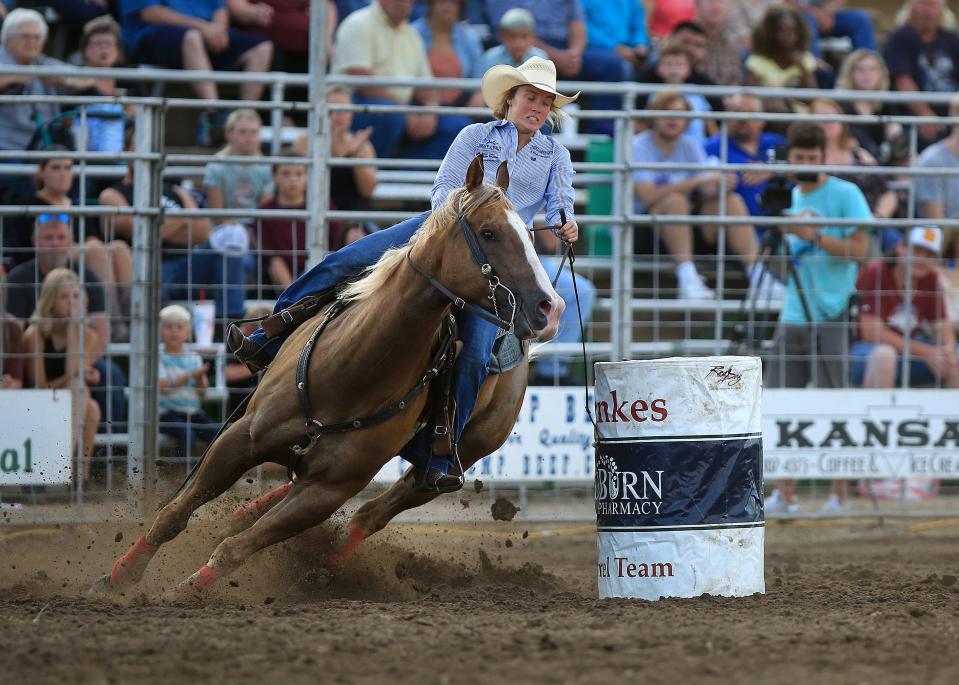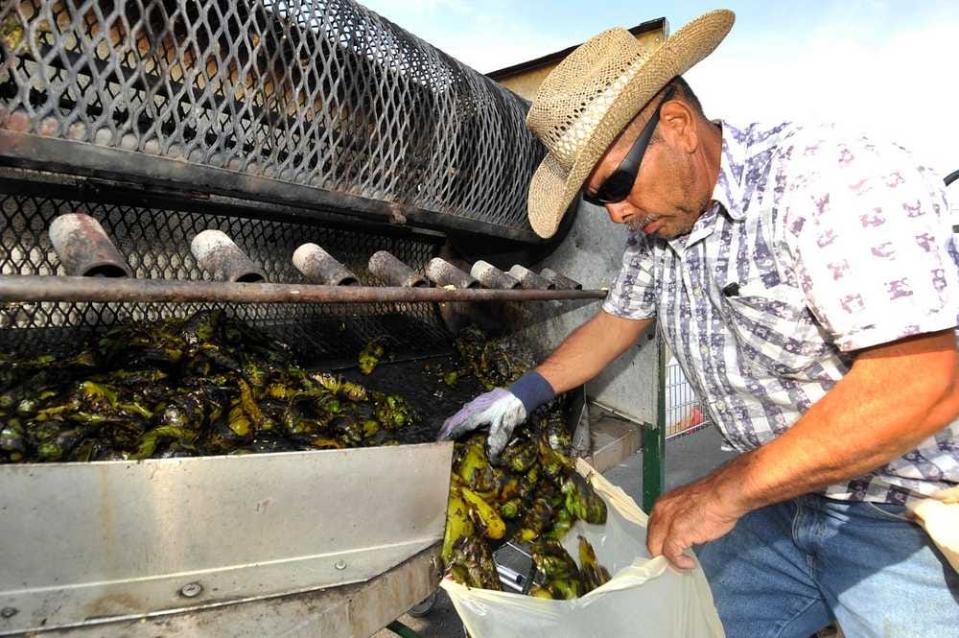Out on the town in historic Bertram, Texas
Dear Texas history buffs,
Today's column wraps up my reporting on a day trip to Burnet County.
It's hard to believe I squeezed in nine historical, cultural or gustatory stops into a few hours in the Hill Country.
Today, I share the wonders of Bertram. If you missed the earlier columns from this trip, here are some handy links:
Pioneering history: In Marble Falls, tales of a legendary mayor, a museum and those pies
Burnet bound: A spooky jail, a Texas fort and vanished Mormon mills await in this county seat
My next Texas overnight trip: The Abilene area. My next day trip: Bastrop County.

Please send tips about what to do in these historic spots to mbarnes@statesman.com.
Miss a column? Go to our column archives.
Miss a newsletter? Go to our newsletter archives.
Sign up: To get the free Think, Texas weekly digital newsletter, go to the American-Statesman newsletter page, or that of your hometown USA Today newspaper in Texas.
THE COLUMN
Catch a train, a show or a night out on the town in historic Bertram, Texas
BERTRAM, Texas — My first glimpse of Bertram emerged as if from a dream.
Several years ago, a road-trip buddy and I sought out the headwaters of the South Fork San Gabriel River. It rises near the happily named hamlet of Oatmeal in Burnet County.
Traveling to Oatmeal from the southwest, we had taken narrow FM 1174 across the rugged back country that divides the Colorado and Brazos river basins.
We crossed the river's fork — a mere rivulet at this point — at FM 243 near Mt. Zion Church, not long after the steep wooded hills flattened into green pastureland.
Proud of having finally visited Oatmeal — a name that had for decades stood for "tiny, remote Texas" to us city folk — we toddled dutifully up 243 and bumped into Bertram, a larger town that we didn't even know existed.
A former cotton center on the Austin and Northwestern Railway, Bertram had clearly once been a place. Substantial masonry structures dotted a wide downtown on either side of the railroad tracks. Quiet streets branched off into shady residential districts.
I was smitten.
I thought of Bertram often since then, and returned in July during a day trip to Burnet County that included stops in historic Marble Falls and Burnet.
THE PODCAST
On the latest episode of "Austin Found" podcast, J.B. Hager and I remember Jackie McGee, the first woman to serve as principal of an urban public high school in Texas.

HOMETOWN HISTORY
This week's Hometown History theme is grocery stores.
· From Abilene: Guy Minter's store came before Thornton's
· From Amarillo: Fiesta Foods is now in its third generation of d service
· From Austin: Happy birthday, H-E-B, now 80 years in Austin
· From Corpus Christi: Old Corpus Christi grocery stores

· From Lubbock: What goes into a 50-year history of a Lubbock mall
· From San Angelo: Home Hardware once was home to grocery store, dance hall
· From Texarkana: Small town's only grocery store will soon close without a buyer
· From Wichita Falls: It's about time that business rediscovered the East Side
FUN TEXAS FACT
Future Texas woodcarver born in Switzerland
On Aug. 11, 1883, Peter Heinrich Mansbendel was born in Basel, Switzerland. He was apprenticed to a woodcarver at the age of 10 and studied in Switzerland, France and England. He immigrated to America in 1907 and moved to Austin in 1911.
During the 1920s and 1930s leading architects in Austin, Dallas, Houston and San Antonio summoned Mansbendel to put finishing touches on their most important projects. His fireplace mantels were especially popular.

In addition to architectural detail work, he also made furniture and decorative household items. He frequently interpreted Texas themes, including historic persons, places and events, as well as the flora and fauna of his adopted land.
Among the most notable examples of his public work are the magnificent carved doors of the Spanish Governor's Palace and of Mission San José, both in San Antonio, and the portrait medallions of former University of Texas presidents located in the Texas Union on the University of Texas campus in Austin.
(Texas Day by Day / Texas State Historical Association) READ MORE
TEXAS TITLES
I recommend: "Bad Mexicans: Race, Empire & Revolution in the Borderlands" by Kelly Lytle Hernández
Hernández enhances our understanding of the Mexican Revolution (1910-1920) by focusing on the "magonistas," followers of radical Ricardo Flores Magón, who organized American dissidents alongside Mexican workers. The story of Flores Magón was for a long time erased from official Mexican and American histories, but, lo and behold, the archives of his oppressors have been used by scholars to unearth this fresh angle on the era.
Happy Trails,
Michael Barnes, Columnist
Think, Texas and Austin American-Statesman

Email: mbarnes@statesman.com
Twitter: twitter.com/outandabout
This article originally appeared on Austin American-Statesman: Out on the town in historic Bertram, Texas

